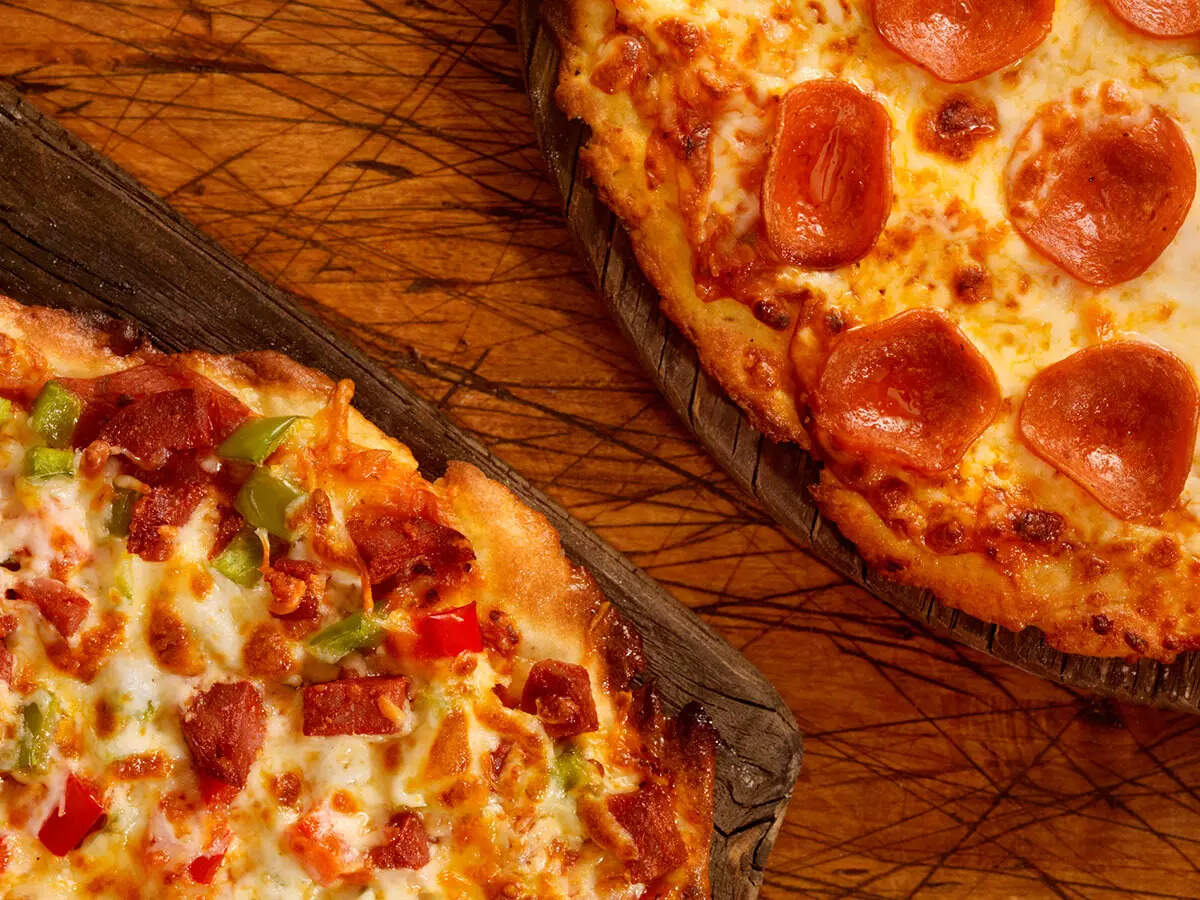From thebeet.com
By Alyssa Atkinson
At the age of eight years old I became a vegetarian, having always loved animals and cared about animal ethics, prompting me to give up meat. I remained a vegetarian until my sophomore year of college as I began to learn a lot about nutrition and the environment. I realized I could be doing more for both the planet and the animals, so I made the decision to switch to a whole-food, plant-based, vegan diet. It has been almost five years since, and I have never looked back.
When I tell people that I’m vegan, I get a wide variety of reactions. One of the most common questions I get asked is, “What do you eat?”
I think many expect me to respond with salads and smoothies. In reality, there are so many unique dishes you can make with plants that are incredibly simple, healthy, and delicious. In sharing an example of what I eat in a day as a vegan, I hope to inspire others to try out some new and exciting vegan meals and show how easy and delicious this lifestyle can be.
Pre-Run Snack - 7 AM
On a typical day, I work out early in the morning. My exercise of choice is a daily run. On those days when I roll out of bed and head out the door pretty quickly, I prefer a small snack before my workout rather than a big meal.
Some of my go-to options are a banana with peanut butter, a couple of dates, a piece of toast, or an apple with peanut butter. On this particular morning, I had a fresh gala apple with some crunchy peanut butter. Apples are in season for fall, and mine did not disappoint.
I also poured myself a mug of cold brew coffee and added a splash of almond milk. I used to sweeten my coffee, but now I actually prefer it without any sweetener.
Breakfast - 8:30 AM
On a typical workday, I will make oatmeal for breakfast because it is quick and easy. Since this day was a Saturday morning, I had a little bit more fun and made some banana chocolate chip pancakes.
I also topped my pancakes off with my favourite crunchy salted peanut butter from Trader Joe’s. It is budget-friendly at just $2 per jar and it has only two ingredients (peanuts and salt).
Banana chocolate chip pancakes truly are the perfect weekend breakfast, so I highly recommend them.
Lunch - 12:30 PM
For lunch, I made one of my staple meals that takes less than 30 minutes to cook and assemble from start to finish. I first boiled some whole wheat pasta until it was soft. Then, I added air-fried zucchini and tofu, pasta sauce, olive oil, nutritional yeast, and black pepper.
This meal is one of my favourites because it is easy and versatile. Sometimes I will add corn and steamed broccoli to the meal or a different protein source such as beans and lentils. Overall, this is a quick and easy vegan dish that you absolutely must try.
Afternoon Snack - 3:30 PM
For a mid-afternoon snack, I made myself a platter of hummus, cucumber, avocado, and pita bread. I love to dip cucumber slices into the hummus and spread a combination of the hummus and avocado on top of my pita bread.
I also added Trader Joe’s “Everything but the Bagel” Seasoning on top of the avocado for a little bit of crunch and extra flavour. This snack is the perfect savoury option to whip up when you need something quick and easy to hold you over until dinner.
Dinner - 6:00 PM
For dinner, I decided to make a loaded burrito bowl which included a base of spinach, brown rice, and black beans. I then added salsa, avocado, hummus, cucumber, and nutritional yeast to pack in the flavour and nutrients. This dish is insanely simple, especially if you have a rice cooker.
I like to throw the brown rice into my rice cooker for about 30 minutes before I plan to eat. That way it is fresh, hot, and ready to enjoy right when I need it.
Dessert - 7:30 PM
I always like to end my night with a sweet treat. On this particular evening, I made chocolate peanut banana boats. They are essentially banana quarters coated in some melted chocolate and chopped peanuts.
I love the sweet and salty combination as well as the crunch. This snack is insanely easy to make with just three ingredients, but it really hits the spot at the end of the night.
Veganism doesn't have to be difficult
I hope this post showed you how exciting plant-based eating truly can be. All of these options are fairly quick and easy to make, budget-friendly, and healthy.
The reality is, you don’t have to spend an excessive amount of time cooking in order to create vegan meals that are packed with nutrients.
Start with the basics, have fun in the kitchen, and focus on making vegan dishes that nourish your body and make you feel incredible.
https://thebeet.com/what-i-eat-in-a-day-from-a-longtime-vegan/













